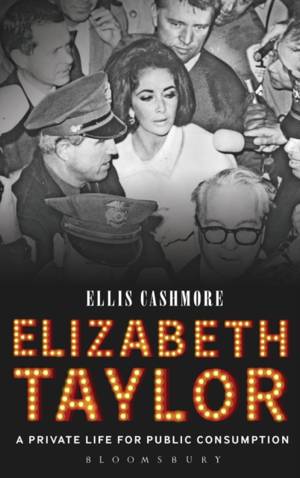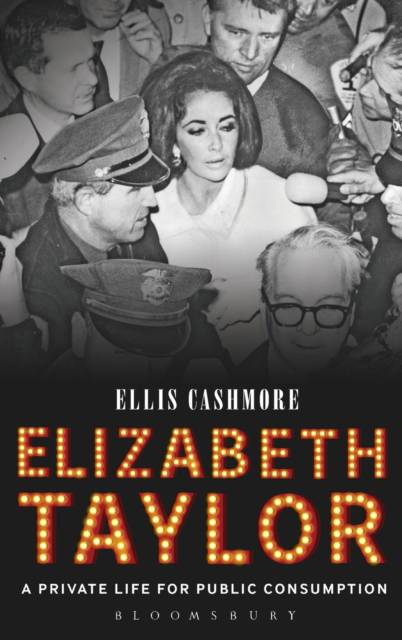
- Afhalen na 1 uur in een winkel met voorraad
- Gratis thuislevering in België vanaf € 30
- Ruim aanbod met 7 miljoen producten
- Afhalen na 1 uur in een winkel met voorraad
- Gratis thuislevering in België vanaf € 30
- Ruim aanbod met 7 miljoen producten
Zoeken
€ 220,45
+ 440 punten
Uitvoering
Omschrijving
The first volume to examine the iconic Elizabeth Taylor in this light, Elizabeth Taylor: A Private Life for Public Consumption paints Taylor as the seminal representation of "celebrity.+? A figure of enormous charisma and cultural sway, she intrigued a global audience with her marriages and extra-marital improprieties, as well as her extravagant jewelry, her never-ending illnesses, her dependency on alcohol, and her perplexing friendship with Michael Jackson. Despite her continued world-renown, however, most people would be hard-pressed to name even three of her films, though she made over seventy.
Ellis Cashmore traces our modern, hyperactive celebrity culture back to a single instant in Taylor's life: the publicizing of her scandalous affair with Richard Burton by photographer Marcelo Geppetti in 1962, which announced the arrival of a new generation of predatory photojournalists and, along with them, a strange conflation between the public and private lives of celebrities. Taylor's life and public reception, Cashmore reveals, epitomizes the modern phenomenon of "celebrity.+?
Ellis Cashmore traces our modern, hyperactive celebrity culture back to a single instant in Taylor's life: the publicizing of her scandalous affair with Richard Burton by photographer Marcelo Geppetti in 1962, which announced the arrival of a new generation of predatory photojournalists and, along with them, a strange conflation between the public and private lives of celebrities. Taylor's life and public reception, Cashmore reveals, epitomizes the modern phenomenon of "celebrity.+?
Specificaties
Betrokkenen
- Auteur(s):
- Uitgeverij:
Inhoud
- Aantal bladzijden:
- 432
- Taal:
- Engels
Eigenschappen
- Productcode (EAN):
- 9781628920703
- Verschijningsdatum:
- 25/02/2016
- Uitvoering:
- Hardcover
- Formaat:
- Genaaid
- Afmetingen:
- 152 mm x 229 mm
- Gewicht:
- 743 g

Alleen bij Standaard Boekhandel
+ 440 punten op je klantenkaart van Standaard Boekhandel
Beoordelingen
We publiceren alleen reviews die voldoen aan de voorwaarden voor reviews. Bekijk onze voorwaarden voor reviews.








